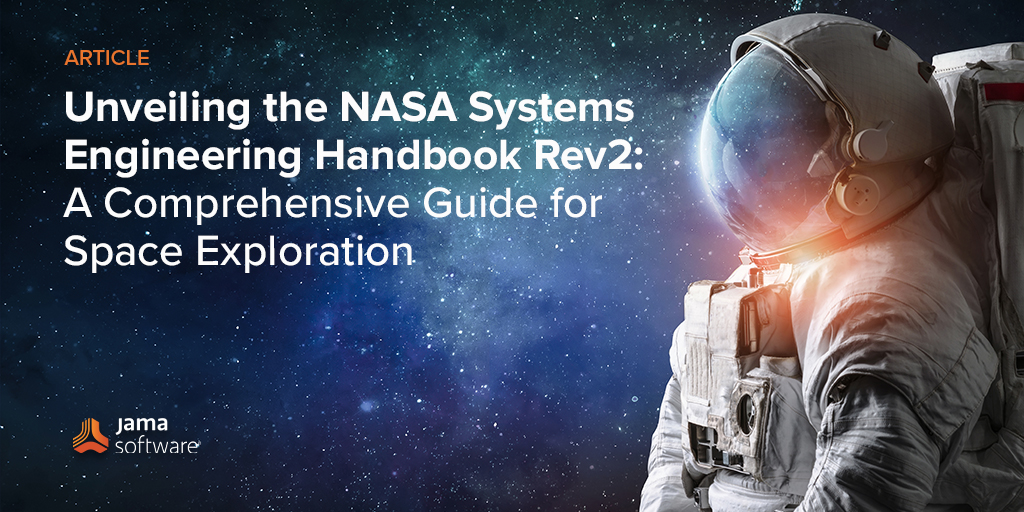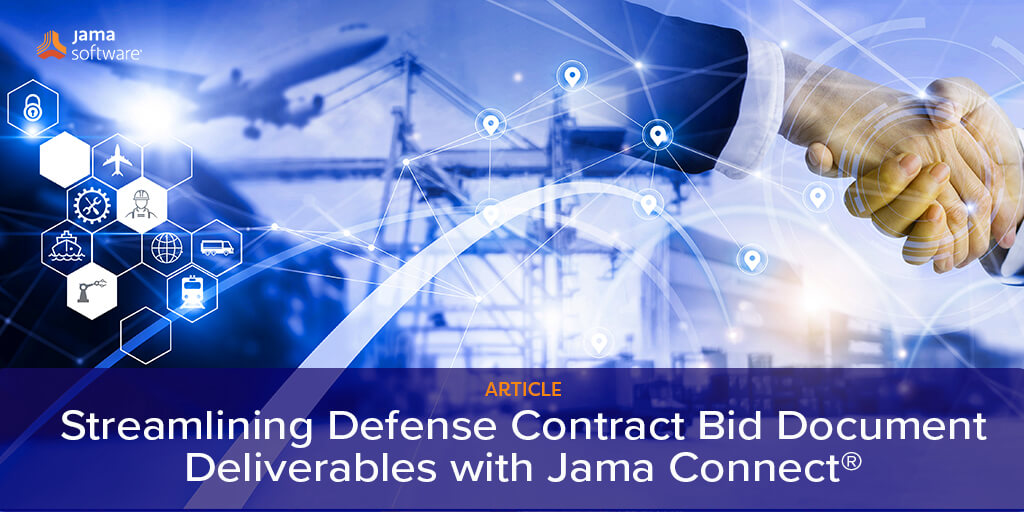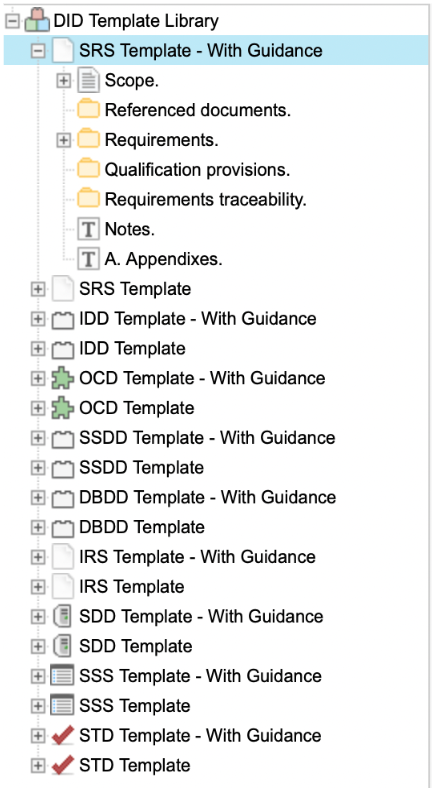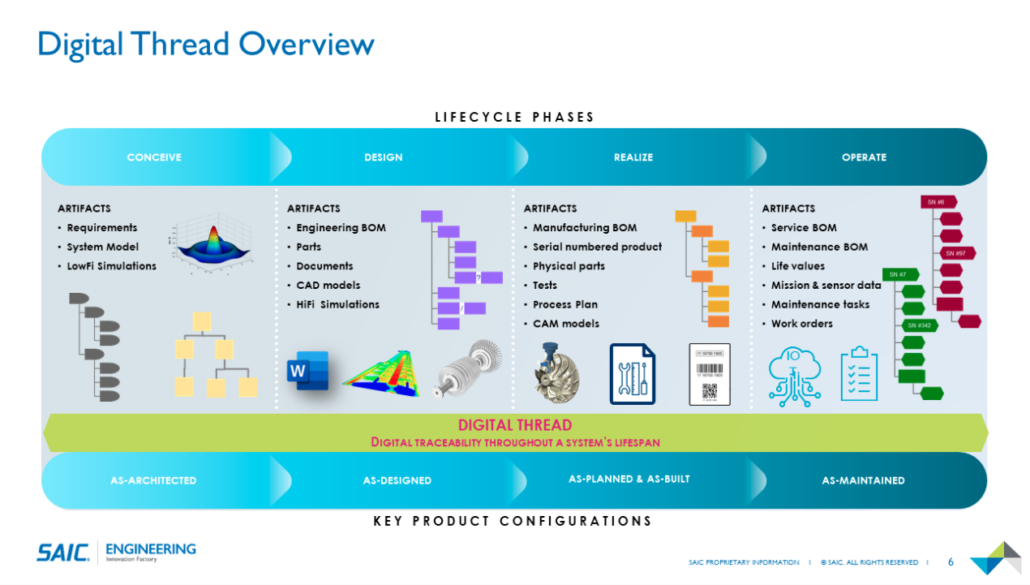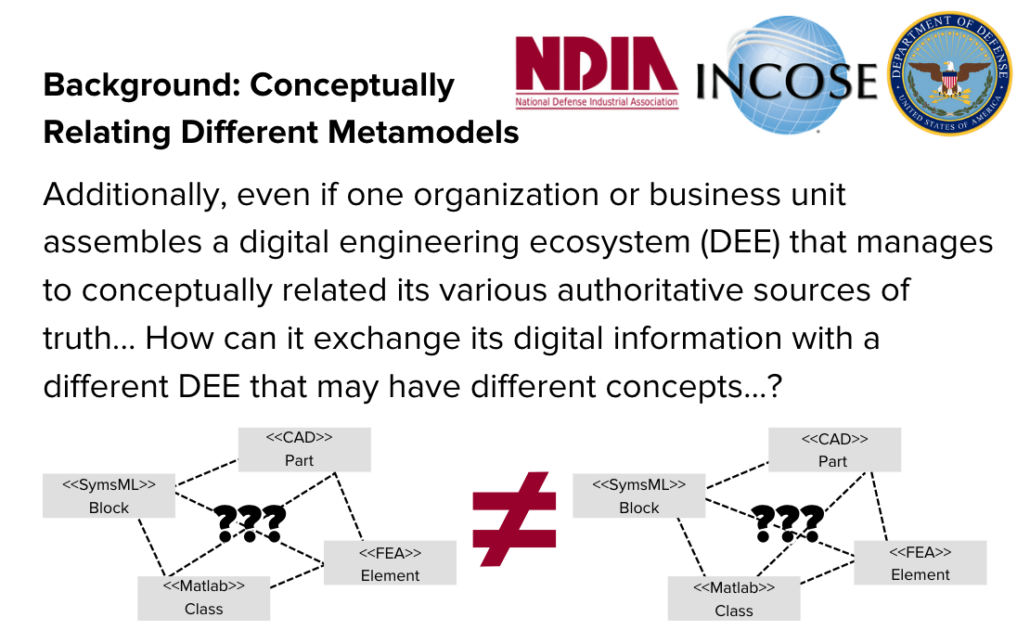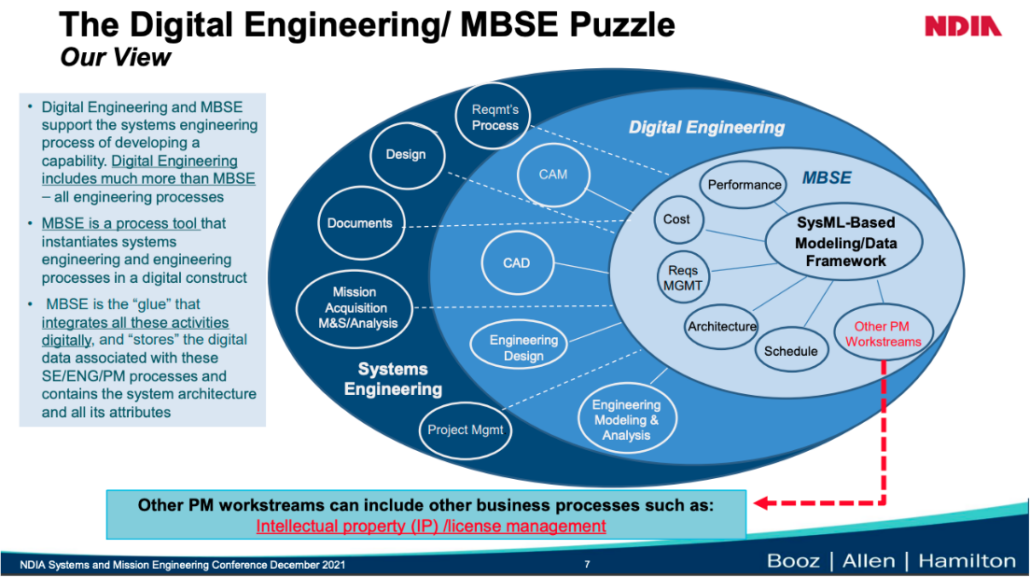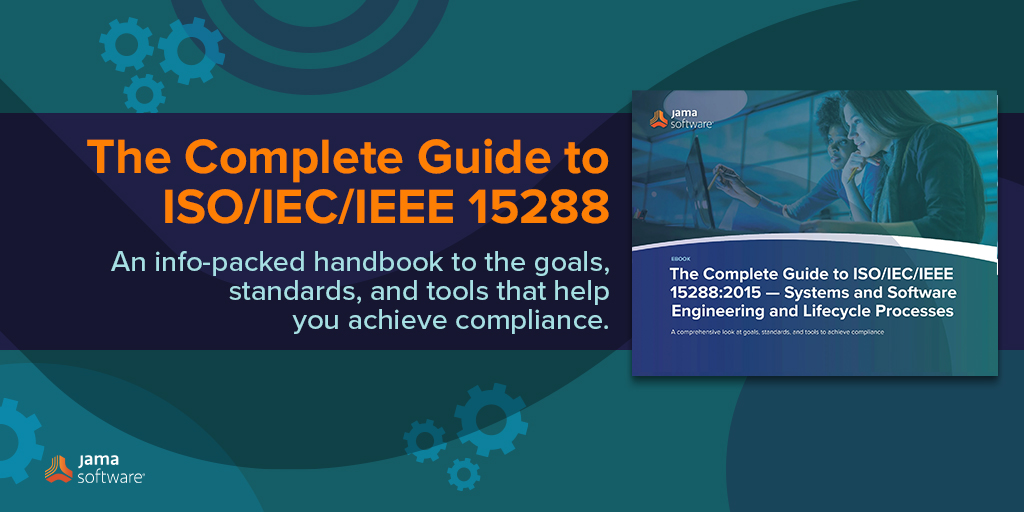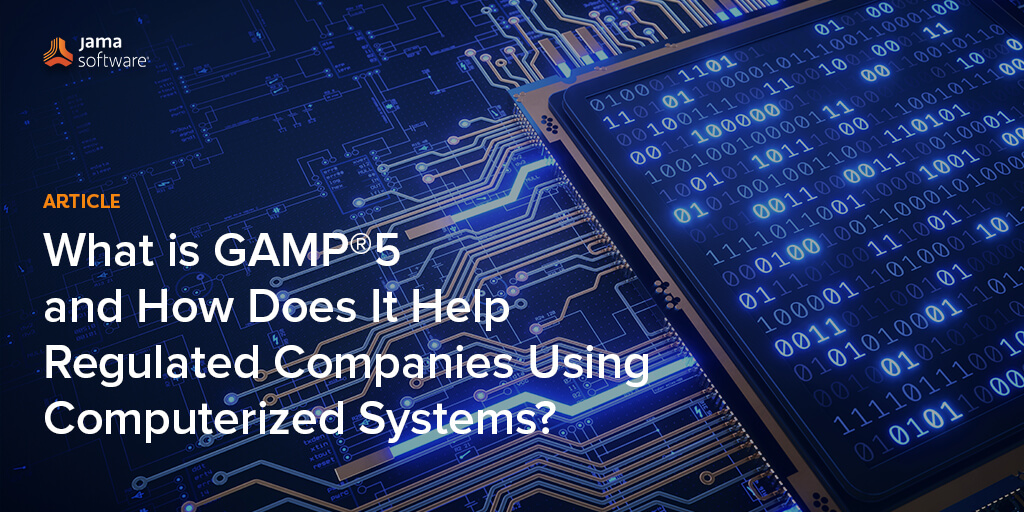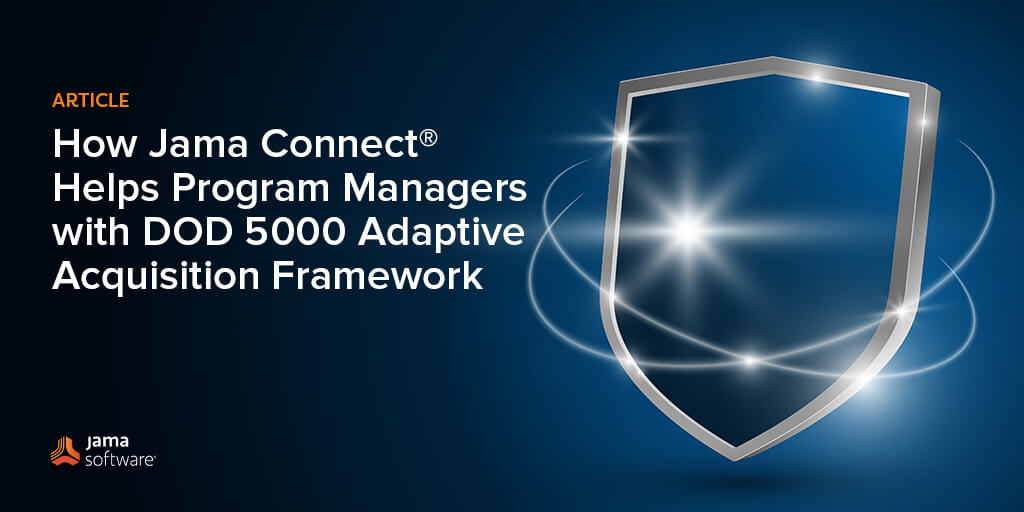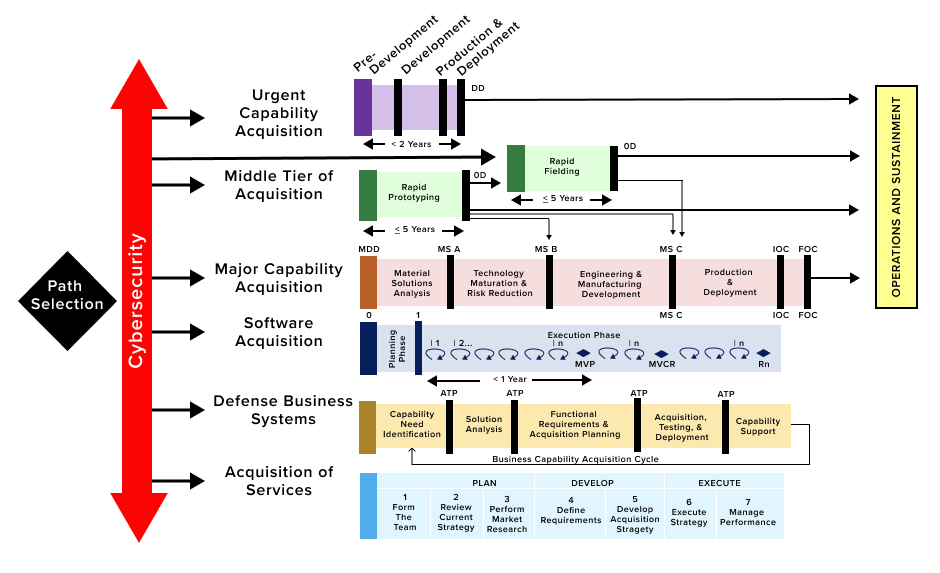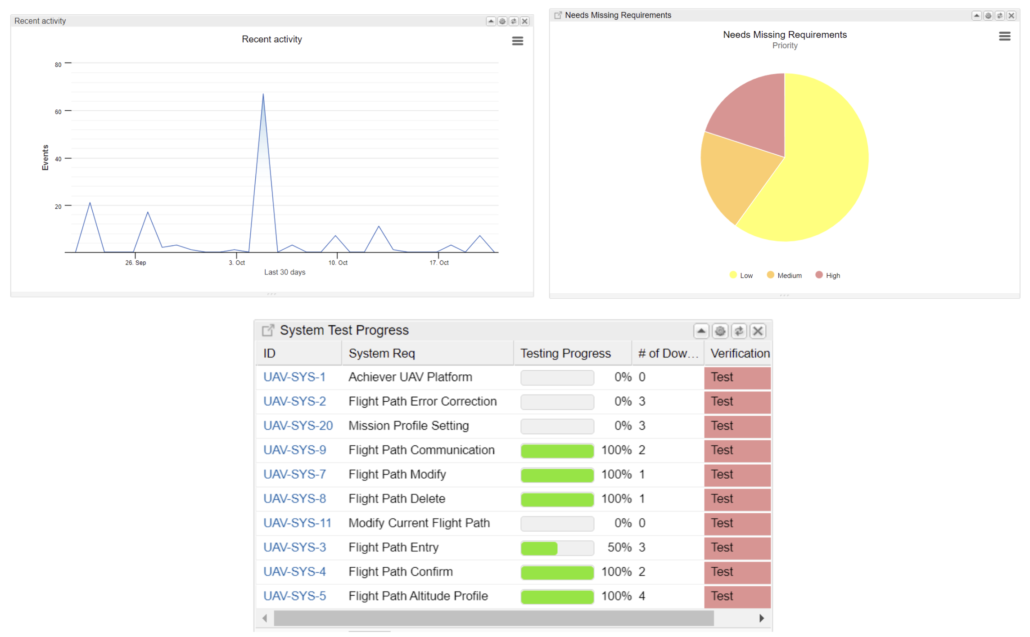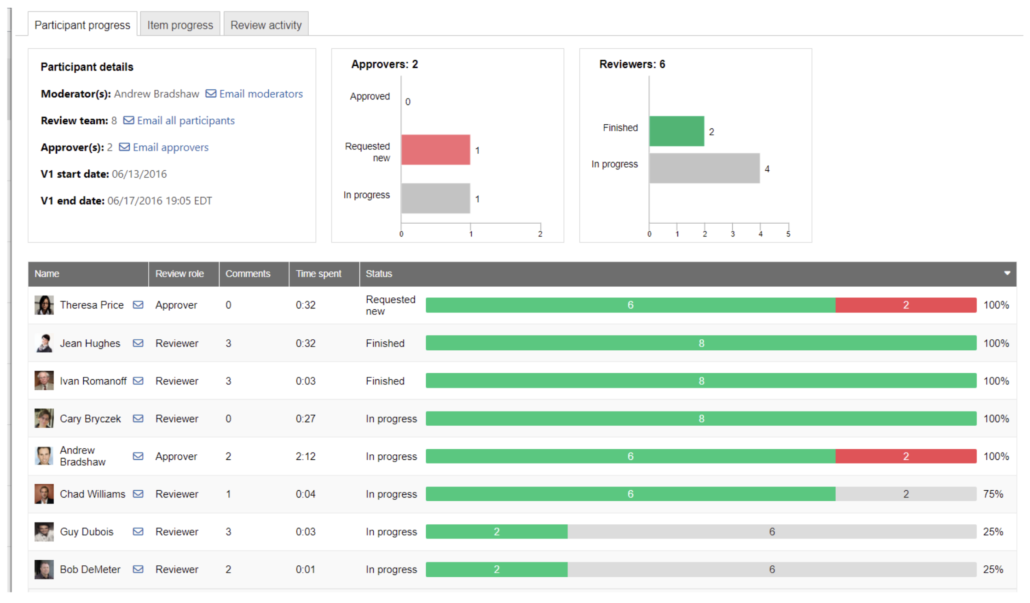![]()
Integrating Digital Engineering and the Digital Thread for Semiconductor Design
Preface:
In Marc Osofsky’s original post, “What is the Definition of a Digital Thread?”, he introduced Singh and Willcox from MIT’s definition of a Digital Thread and broke down each component of their definition. Building on that foundation, this post explores the application of the digital thread within semiconductor design — a field where the stakes are high and the need for integration has not only emerged as a strategic differentiator; but well… a requirement.
The semiconductor industry is at another crossroads, again. As Integrated Circuits (ICs) become increasingly advanced, the design process continues to grow more complex. Engineers and product teams wrestle with challenges ranging from ensuring power efficiency, manufacturability, meeting time-to-market demands, integrating diverse IP blocks, and adhering to stringent functional safety and cybersecurity standards. Within these challenges lie opportunities for those who adapt and innovate.
The Digital Thread: Connecting the Design Lifecycle
One of the most pressing issues facing semiconductor companies today is how to architect and deploy seamless software integration across the entire design lifecycle. Best-in-breed software tools are common within certain pockets of the IC development flow. The EDA titans do a great job on the front end of the design cycle and help their users create a firm handshake between a designer and their foundry and fabrication partners. However, end-to-end integration across the entire product development lifecycle continues to be highly sought after, but oftentimes difficult to obtain.
From initial requirements through design, simulation, verification, post-silicon validation, and production – the concept of the digital thread ensures that both internal and external stakeholders have access to a single source of truth for design and test information.
RELATED: How to Manage Cybersecurity in Jama Connect® for Automotive and Semiconductor Industries
The Role of EDA in Chip Design
Electronic Design Automation (EDA) tools are essential for managing the growing complexity of semiconductor design. They enable designers to automate time-consuming and error-prone tasks involved in chip design, such as synthesis, verification, and physical design.
When EDA tools become integrated with the digital thread, it unlocks the capability for front-end design data to flow seamlessly with the middle and latter stages of development; from concept to final tape-out. This EDA tool/digital thread integration not only improves efficiency but also enhances collaboration between different teams, reduces the likelihood of design errors leading to costly response, and ensures that ICs are ready for production faster.
The digital thread helps semiconductor teams manage the increasing complexity of chip design by providing a holistic view of the entire product lifecycle. Advanced process nodes introduce new constraints, including challenges related to thermal management, signal integrity, and power consumption. Design houses must manage these competing priorities with a robust design process while trying to ensure that nothing falls through the cracks. Even with the best processes and prioritization methods from the leading fabless chip designers and Integrated Device Manufacturers – there are often gaps.
The Role of Digital Engineering
Digital engineering is more than just adopting new software tools — it’s a cultural shift towards integrated, model-based approaches that ensure stakeholders across the product lifecycle have constant access to the information they need. The digital thread and a “single source of truth” are at the core of this transformation, providing continuous connectivity that bridges requirements throughout design, verification, and validation. Designers adopting these approaches are finding they can pivot more easily to implement design changes and minimize rework, resulting in measurable cost savings and faster development cycles.
Managing Requirements Effectively
Requirements management has become a critical success factor in semiconductor design. As designs grow more complex, so do the needs and specifications they must meet. A robust requirements management solution, integrated into the digital thread, helps ensure every requirement is tracked from conception through to production, allowing engineers to maintain clear visibility into design intent. Moving away from spreadsheets and adopting requirements management tools that are purpose-built for the semiconductor industry reduces errors, streamlines collaboration, and enables folks to produce better products.
RELATED: Leading Quantum Computing Company, IonQ, Selects Jama Connect® to Decrease Review Cycles, Reduce Rework
Opportunities in a Shifting Landscape
Semiconductor design is a dog-eat-dog world and not for the faint of heart. Technological advancements — such as the adoption of AI in design automation, the exploration of new materials, and advanced packaging techniques — are opening new frontiers. But capitalizing on these advancements requires strong foundations: an emphasis on effective communication, adaptable tools, and a focus on managing complexity holistically.
The digital thread concept is dual purpose and conveniently provides organizations with the foundation needed to monetize tangential opportunities around generative AI, data lake and delta lake development, and agential model development for IC design and manufacturing. Pairing digital engineering and digital thread concepts with a modern requirements management system will not only alleviate many current challenges – but it also builds resilience for future innovations and will help identify and capture currently unrealized revenue streams.
The Bottom Line
The semiconductor industry is evolving rapidly. Those who embrace new methodologies and tools with end-to-end capabilities are well-positioned to succeed. Adopting a digital engineering approach that marries the concept of a digital thread with a formal requirements management platform is likely a key focus area for your competition. If it isn’t yet a key focus area or cornerstone of your organization, check out www.jamasoftware.com and contact us today for a no-cost consultation with our experts.
![[Webinar Recap] Unlocking Success: The Transformative Benefits of Variant Management Through Product Line Engineering [Webinar Recap] Unlocking Success: The Transformative Benefits of Variant Management Through Product Line Engineering](https://www.jamasoftware.com/media/2024/03/Unlocking-Success-The-Transformative-Benefits-of-Variant-Management-through-Product-Line-Engineering-.png)

